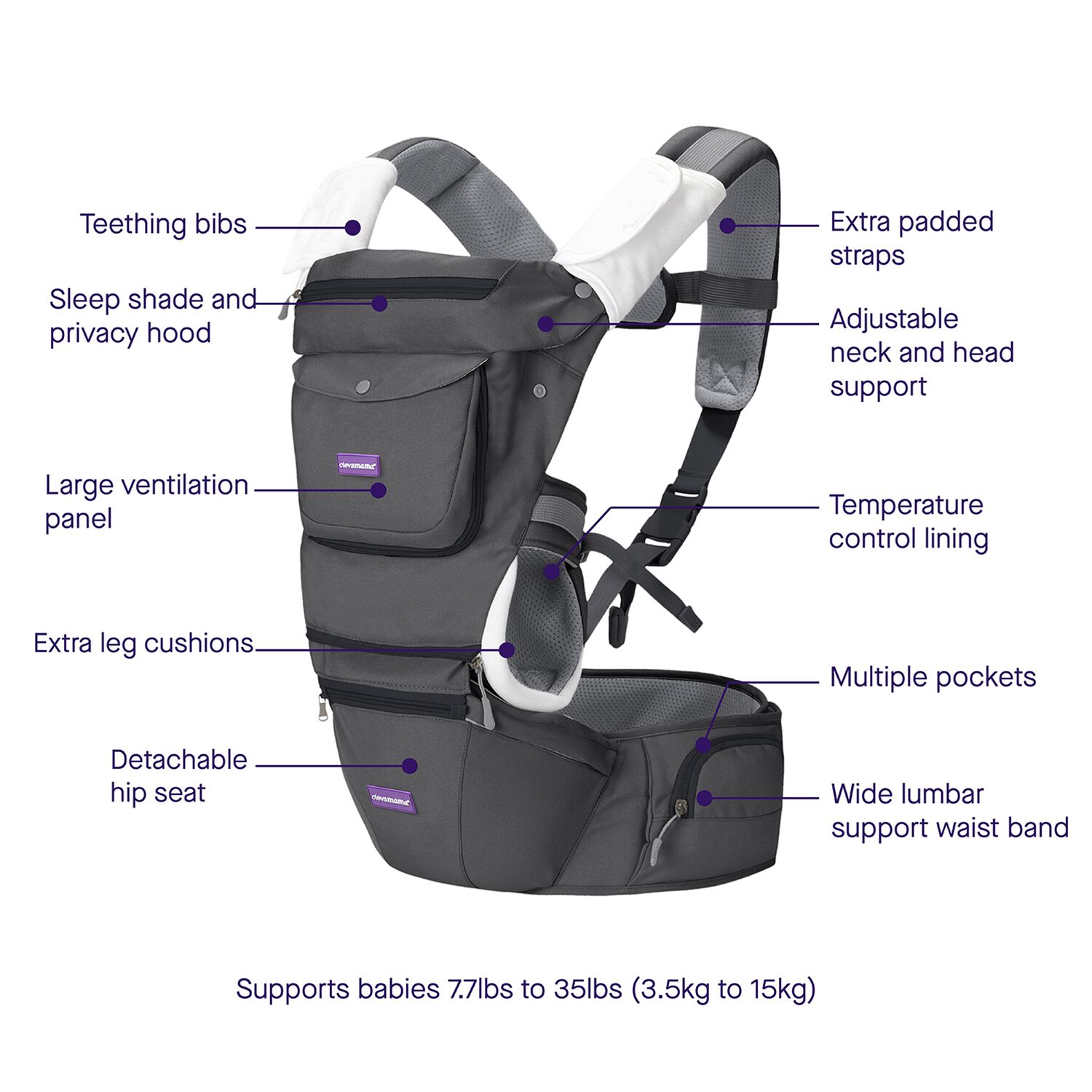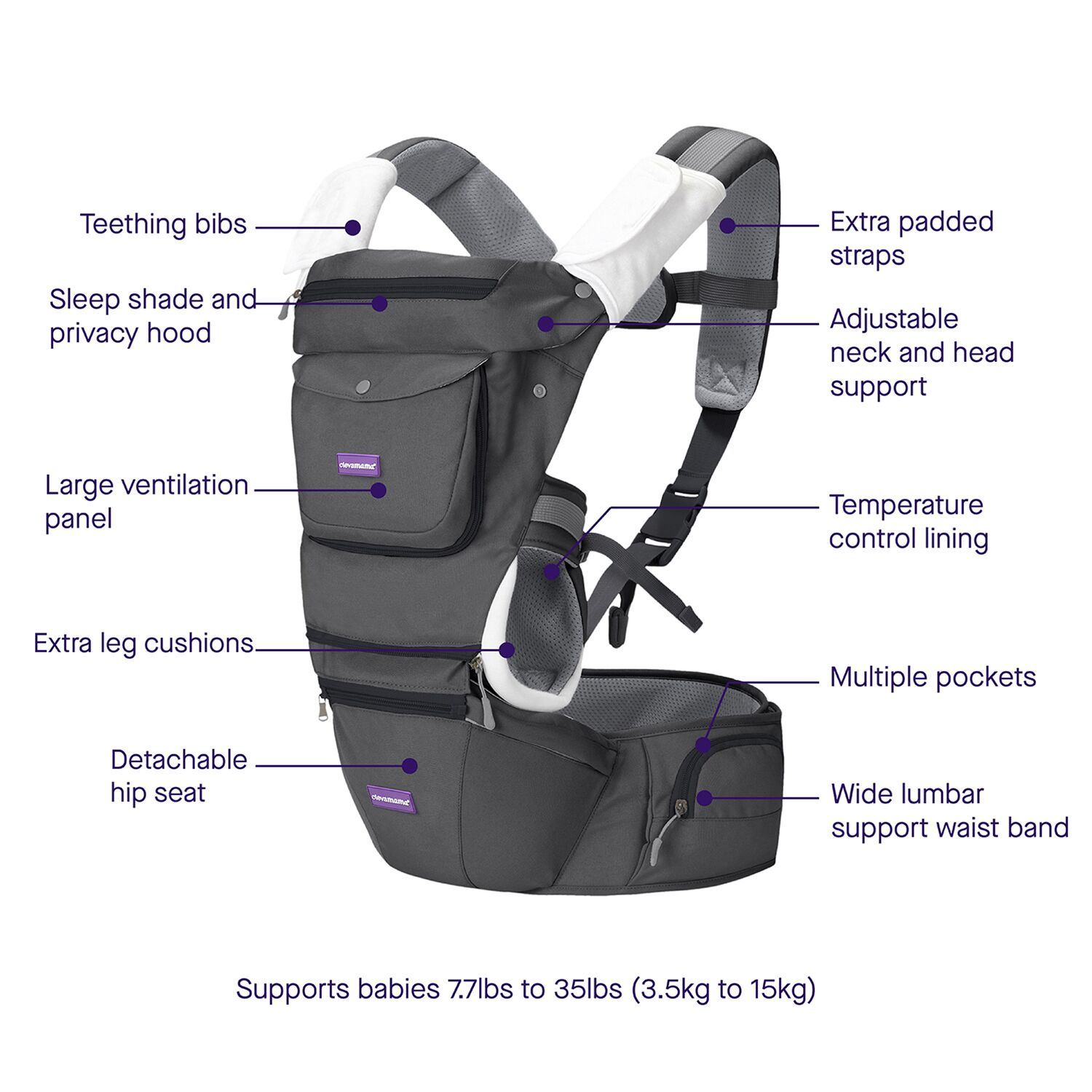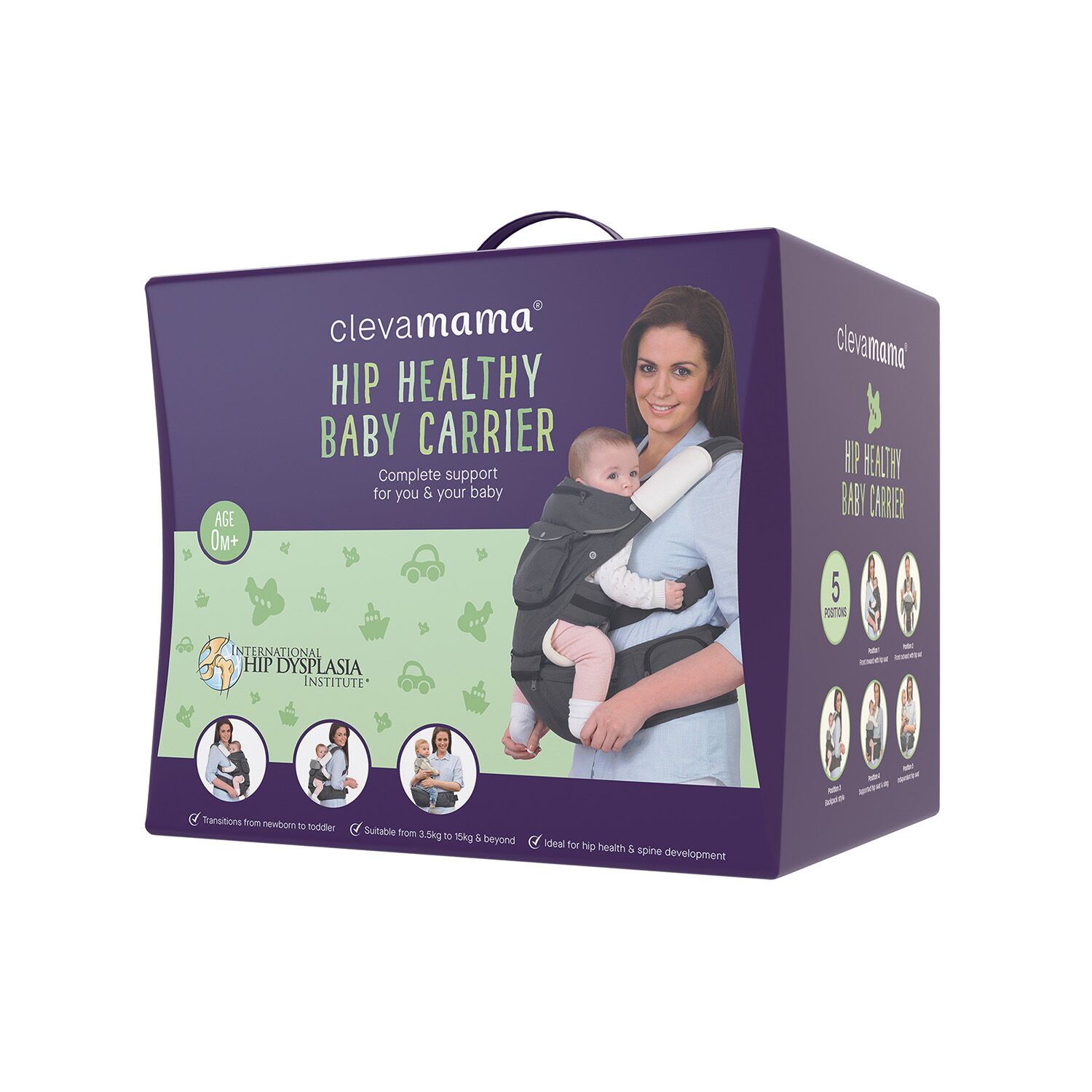Terms and Conditions
In these terms and conditions, “we” “us” and “our” refers to either Coor Products Pty Ltd or www.coorproducts.com. Your access to and use of all information on this website including purchase of our product/s is provided subject to the following terms and conditions. We reserve the right to amend this notice at any time. Your use of the website following any amendments will represent your agreement to be bound by these terms and conditions as amended. We, therefore, recommend that you read our terms and conditions carefully each time you access our website. You can access the Terms and Conditions at any time from the bottom of the page on our website www.coorproducts.com.
Your access to and use of this Web site is conditional upon your acceptance and compliance with the terms and conditions contained in this document and elsewhere on the Web site (known collectively as the “Terms and Conditions”). Your use of and/or continued access to this Web site constitutes your agreement to comply with these Terms and Conditions and any amendments and to be bound by them.
Should you object to any of the Terms and Conditions or any amendments your only recourse is to immediately discontinue your use of the Web site. If you violate any Terms and Conditions your right to use and access the Web site automatically terminates.
Changes to Terms and Conditions
Coor Products may occasionally update these terms and conditions without prior notice. Your continued use of the Web site after such changes constitutes your acceptance of the variations. We therefore recommend that you review this page on future visits to this site.
Copyright and Intellectual Property Notice
All of the content you see on this Web site, including all of the page headers, images, illustrations, graphics, information, data, software, advertisements, text and other material (“Content”), are subject to trademark, copyright and/or other intellectual property rights or licenses held by Coor Products, one of its affiliates or by third parties who have licensed their materials to Coor Products, and are protected by Australian and international intellectual property laws. The entire Content of the Web site is copyrighted as a collective work, and Coor Products owns a copyright in the selection, coordination, arrangement and enhancement of the Content. The Content of the Web site, and the site as a whole, are intended solely for personal, noncommercial use by the users of our site. You may download a single copy, print a single hard copy and store a temporary copy (in your computer’s cache) of the Content, provided you (1) only use these copies of the Content for your own personal, non-commercial use, (2) do not copy or post the Content on any network computer or broadcast the Content in any media, and (3) do not modify or alter the Content in any way, or delete or change any copyright or trademark notice. No right, title or interest in any downloaded materials is transferred to you as a result of any such downloading. Coor Products reserves complete title and full intellectual property rights in any Content you download from this Web site. Except as noted above, you may not use, copy, download, reproduce, modify, publish, distribute, transmit, store in a retrieval system, transfer or create derivative works from the Content, in whole or in part, without first obtaining written permission from Coor Products. Nothing on the Web site should be construed as granting any licence or right to use any name, logo or trademark without the express prior permission of Coor Products or the relevant contributor.
Use of the Web site
You must be able to form legally binding contracts to use the services provided on the Web Site (i.e. purchase goods).
You must not take any action that might undermine the integrity of the services provided on the Web Site. You must not use the Web site in any manner or for any purpose that is unlawful, or in any manner that violates any right of Coor Products, or that is prohibited by the Terms and Conditions. In particular it is a condition of your use of and/or access to the Web site that you do NOT do any of the following:
(a) Disrupt or interfere with in any way the Web site or the Content;
(b) Disrupt or interfere with in any way any server, software, hardware or equipment, operated by Coor Products or third parties, that is connected to or via the Web site; or
(c) Violate any applicable law, statute, ordinance or regulation.
Coor Products reserves the right to cooperate fully with any law enforcement authority in any jurisdiction in respect of any lawful direction or request to disclose the identity or other information in respect of any user of the Web site.
Submissions
We welcome your comments regarding the Web site. However, any comments, feedback, notes, messages, ideas, suggestions or other communications (collectively, “Comments”) sent to the Website shall be and remain the exclusive property of Coor Products. Your submission of any such Comments shall constitute an assignment to Coor Products of all worldwide rights, titles and interests in all copyrights and other intellectual property rights in the Comments. Coor Products will be entitled to use, reproduce, disclose, publish and distribute any material you submit for any purpose whatsoever, without restriction and without compensating you in any way. For this reason, we ask that you not send us any comments that you do not wish to assign to us, including any confidential information or any original creative materials such as stories, product ideas, computer code or original artwork.
Colours
We have done our best to display as accurately as possible the colours shown on this Website. However, because the colours you see will depend on your monitor, we cannot guarantee that your monitor’s display of any colour will be accurate.
Purchasing on this Website
When you purchase goods from the Website you enter into a contract with Coor Products and accept that you will be bound by the Terms and Conditions operating at the time you placed your order with Coor Products.
When you purchase goods from the Website the following terms and conditions form part of the Terms and Conditions:
(1) The prices displayed on this Website are quoted in Australian Dollars (inclusive of GST) and are valid and effective only in Australia. Orders on this Website are accepted only for delivery to addresses within Australia.
(2) Orders made by you for goods on the Website are not binding on Coor Products until accepted by Coor Products;
(3) The prices shown on the Website for goods are subject to alteration without notice;
(4) Property in goods purchased from the Website remains with Coor Products until all money owing for those goods, and any other money owing by you to Coor Products, has been paid. Goods will not be despatched to you until they have been paid for in full;
(5) Unless stated otherwise, you must pay the costs of transportation to the place of delivery for goods you have purchased from the Website.
(6) Goods you have purchased from the Website are at your risk immediately on despatch from our warehouse (ex works).
Indemnification
You agree to defend, indemnify and hold Coor Products, its subsidiaries, related entities, directors, officers, employees, agents and suppliers harmless from and against any and all claims, damages, costs, losses, liabilities and expenses, including attorneys’ fees, arising directly or indirectly as a result of your use of or access to the Web site or any breach or violation of the Terms and Conditions.
Protection of our Website and Others
We may disclose information you provide to our site when we believe such disclosure is appropriate to comply with the law; to enforce or apply our Terms and Conditions and other agreements; or to protect the rights, property or safety of our sites, our users or others.
Termination
Coor Products may terminate this agreement and your access to the Website and the Content at any time without notice.
In the event of termination you must immediately cease accessing and using the Website and the Content and (at Coor Products’s option) return any hard copies of the Content to Coor Products or destroy any hard copies and any other electronic copies of the Content within your control or possession. All restrictions imposed on you, licences granted by you and all disclaimers, indemnities and limitations of liability set out in the Terms and Conditions will survive.
Privacy
The Website has a Privacy Policy that applies to all users and is incorporated into these Terms and Conditions by reference. You should read the Privacy Policy before using the Website.
Intellectual Property Infringements
You must notify Coor Products immediately if you become aware of any third party that is or may be infringing the intellectual property rights in the Website. You must give Coor Products all assistance in relation to any infringement proceedings. Coor Products shall have sole control of the defence and settlement of any infringement proceedings. Any recovery from infringement proceedings is the property of Coor Products.
If a court or Coor Products determines that the Website or the Content have infringed or may infringe a third party’s intellectual property rights, Coor Products shall have the right to alter, delete or modify the Website or Content in order to avoid continuing infringement.
Hyperlinks and Advertising
The Website may contain hyperlinks and other pointers to internet websites operated by third parties (“Linked Sites”). The Linked Sites are not under the control of Coor Products and Coor Products is not responsible for the contents of any Linked Site or any hyperlink contained in a Linked Site. Coor Products provides these links to you as a convenience only and the inclusion of any link does not imply any endorsement of the Linked Site by Coor Products. You link to any such Linked Site entirely at your own risk. Coor Products is not a party to any transaction between you and a Linked Site. Your use of a Linked Site is subject to the terms and conditions of that site in addition to these Terms and Conditions. If there is any inconsistency, to the extent of the inconsistency these Terms and Conditions prevail.
The Website may also contain third party advertisements (that may or may not contain embedded hyperlinks or referral buttons to Linked Sites). The display of such advertising does not in any way imply an endorsement or recommendation by Coor Products of the relevant advertiser, its products or services or any such Linked Site. You are referred to the relevant advertiser for all information regarding the advertiser and its products and/or services. To the extent permitted by law Coor Products accepts no responsibility for any interaction between you and the relevant third party and is released from any liability arising out of or in any way connected with such interaction.
Taxes
Certain taxes and government charges may be payable in relation to the use of the Website. Unless stated otherwise, Coor Products has no responsibility for such taxes or other government charges.
Miscellaneous
If any provision of the Terms and Conditions is found to be invalid or unenforceable by a court of law, such invalidity or unenforceability will not affect the remainder of the Terms and Conditions, which will continue in full force and effect.
All rights not expressly granted in this document are reserved.
Governing Law
Your use of this Website and any purchases made from it will be governed by and construed in accordance with the laws of New South Wales, Australia. You agree to submit to the exclusive jurisdiction of the courts of New South Wales and the New South Wales District Registry of the Federal Court of Australia.
Orders on this Website are accepted only for delivery to addresses within Australia.
Disclaimer1
The Trade Practices Act 1974 (Cth) and all corresponding state and territory legislation imply terms, conditions and warranties into some contracts for the supply of goods and services and prohibit the exclusion, restriction and modification of such terms (“Prescribed Terms“). Except as provided by the Prescribed Terms and to the fullest extent permitted by law, the following applies:
(1) This Website and all of its Content is provided on an “as is” basis without warranties by Coor Products, its subsidiaries, related entities, directors, officers, employees, agents and suppliers of any kind implied by custom, law or statute, either express or implied, including without limitation warranties of title, implied warranties of merchantability or fitness for a particular purpose, or any representations about the correctness, accuracy, timeliness, completeness, reliability, quality or otherwise of the Content.
(2) Coor Products, its subsidiaries, related entities, directors, officers, employees, agents and suppliers do not warrant that your access to the Website will be uninterrupted or that the Website will operate error free, that any defects will be corrected or that this Website and its servers are free of computer viruses and other harmful data, code, components or other material.
(3) You acknowledge, by your use of this site, that your use of this Website is at your sole risk, that you assume full responsibility for all costs associated with all necessary servicing or repairs of any equipment you use in connection with your use of our Website, and that Coor Products shall not be liable for any damages of any kind related to your use of this Website.
Disclaimer2
Except as provided by the Prescribed Terms and to the fullest extent permitted by law:
(1) IN NO EVENT SHALL COOR PRODUCTS, ITS SUBSIDIARIES, RELATED ENTITIES, DIRECTORS, OFFICERS, EMPLOYEES, AGENTS AND SUPPLIERS BE LIABLE FOR ANY DAMAGES WHATSOEVER, INCLUDING WITHOUT LIMITATION ANY SPECIAL, DIRECT, INDIRECT, EXEMPLARY OR CONSEQUENTIAL DAMAGES, ARISING OUT OF OR IN CONNECTION WITH THE CONTENT ON THIS WEBSITE, THE USE OR ACCESS OF, OR ANY INABILITY TO USE OR ACCESS THE WEBSITE OR THE CONTENT ON THIS WEBSITE, OR THE PRODUCTS OFFERED FOR SALE ON THIS WEBSITE INCLUDING BUT NOT LIMITED TO DAMAGES RELATING TO THE LOSS OF USE, DATA OR PROFITS WITHOUT REGARD TO THE FORM OF ANY ACTION, INCLUDING BUT NOT LIMITED TO CONTRACT, NEGLIGENCE OR OTHER TORTIOUS ACTIONS; AND
(2) THE LIABILITY OF COOR PRODUCTS FOR BREACH OF ANY CONDITION OR WARRANTY THAT CANNOT BE EXCLUDED BY LAW IS LIMITED AT THE OPTION OF COOR PRODUCTS TO THE FOLLOWING:
(a) IN THE CASE OF GOODS SUPPLIED OR OFFERED BY COOR PRODUCTS:
(i) THE REPLACEMENT OF THE GOODS OR THE SUPPLY OF EQUIVALENT GOODS;
(ii) THE REPAIR OF SUCH GOODS;
(iii)THE PAYMENT OF THE COST OF REPLACING THE GOODS OR ACQUIRING EQUIVALENT GOODS; OR
(iv) THE PAYMENT OF THE COST OF HAVING THE GOODS REPAIRED; AND
(b)IN THE CASE OF SERVICES SUPPLIED OR OFFERED BY COOR PRODUCTS:
(i) THE SUPPLY OF THE SERVICES AGAIN; OR
(ii) THE PAYMENT OF THE COST OF HAVING SERVICES SUPPLIED AGAIN.






Reviews
There are no reviews yet.